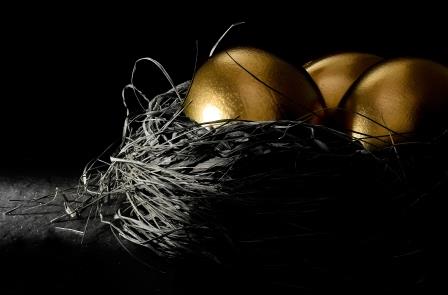Gold plays an important role in the Indian economy. It is considered a safe form of savings and investment among individuals, and it is an integral part of traditional ceremonies. This metal is considered the best collateral for loans and the precious metals industry is a significant source of employment in the country.
The demand for gold in India is one of the largest in the world and the country is a major importer of this precious metal. Despite efforts to reduce dependence on gold imports and promote alternative investment options, it remains a cultural symbol of wealth and status in the country.
Gold is highly taxed in India. Being the second largest imported commodity, the metal heavily increases our import bill. This causes a widening of our Current Account Deficit as well. To tackle the deficit government has increased the basic customs duty on gold over years to manage the flow of imports.
The total tax paid by a gold buyer in India is currently 18 percent, which includes basic customs duty, agriculture infrastructure cess, and GST. This high-duty structure makes our jewellery industry uncompetitive in the export markets and increases imports of gold in illegal ways. Hence, the industry participants demanded a decline in the customs duty on gold in the recent budget.
However, while maintaining the existing incidence of import duty on gold, the BCD rate and AIDC rates were recalibrated in the budget. The basic customs duty on gold bars was reduced to 10 percent from 12.5 percent but increased the Agriculture Infrastructure Cess to 5 percent from the existing 2.5 percent. Effectively, there was no change in the tax incidence.
Meanwhile, the duty and cess on the silver bar have increased. The Basic customs duty on the silver bar is increased to 10 percent from the existing 7.5 percent and the Agriculture Infrastructure Development Cess hiked to 5 percent from 2.5 percent.
The import duty on articles made of precious metals such gold, silver and platinum were also increased in the budget.
However, the government has waived the capital gains tax if physical gold is converted into Electronic Gold Receipts and vice versa. This move is expected to encourage buying gold in electronic format in the country.
Since the bullion industry is an important sector in the Indian economy, the budget is aimed to strengthen the entire ecosystem by increasing the use of domestically available gold by recycling.
The jewellery industry in the country contributes significantly to employment, trade, and foreign exchange earnings. India is one of the largest exporters of gold jewellery with a large share of the global market.
Going ahead, gold prices are more likely to trade with a positive bias. Global economic instability due to the ongoing geopolitical tensions and a likely pause in rate hikes by the US Federal Reserve will continue to offer downside support to the precious metal in the long run.
A possible turnaround in physical demand from China after easing pandemic-related lockdowns and a stable jewellery demand in India may also contribute to the trend. Meanwhile, a strong US dollar, higher bond yields, and steady equity markets are likely to dent major gains in the commodity.
At the same time, Indian gold prices continue to trade with a premium against its international peers. This is due to a weak Indian rupee, prevailing high taxes, and increased jewellery demand. Investors can consider corrections in prices to accumulate positions for long-term investment purposes.
First published in The Economic Times








